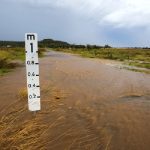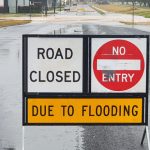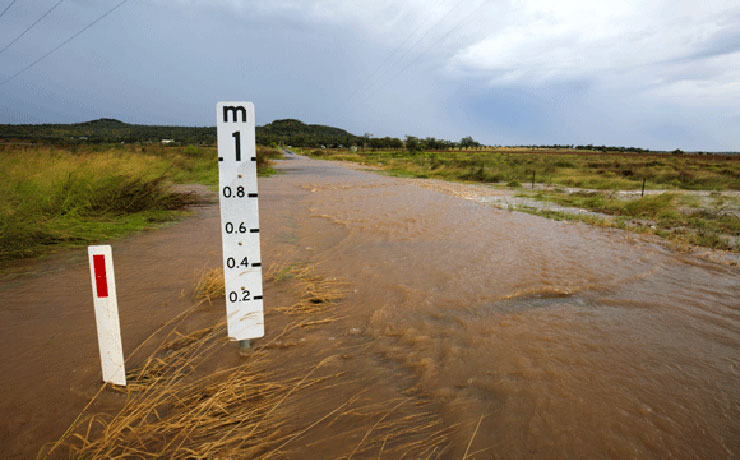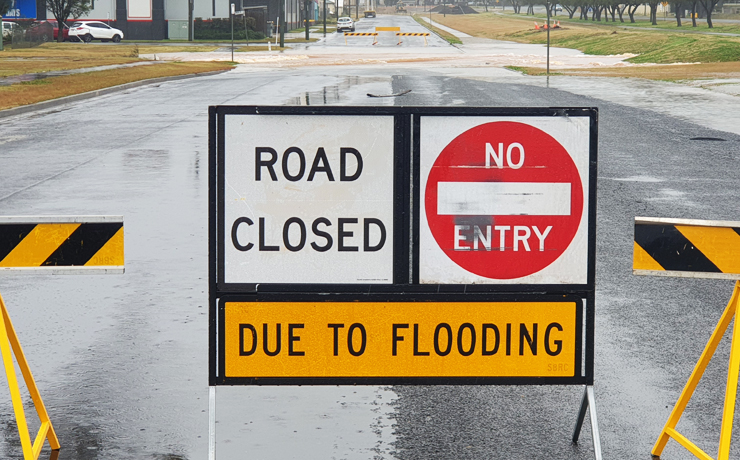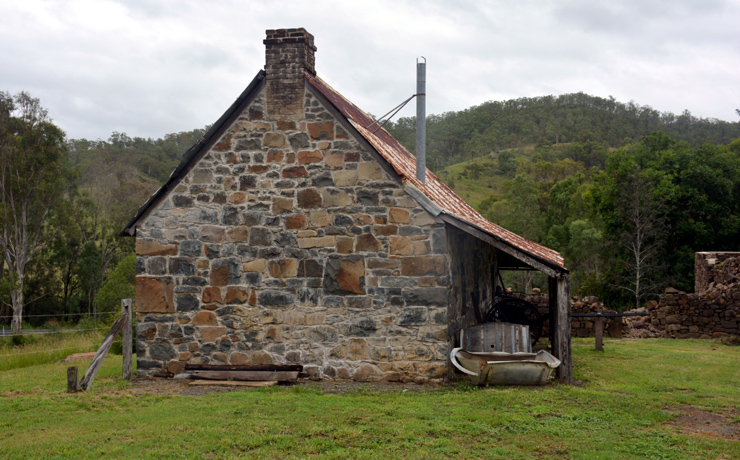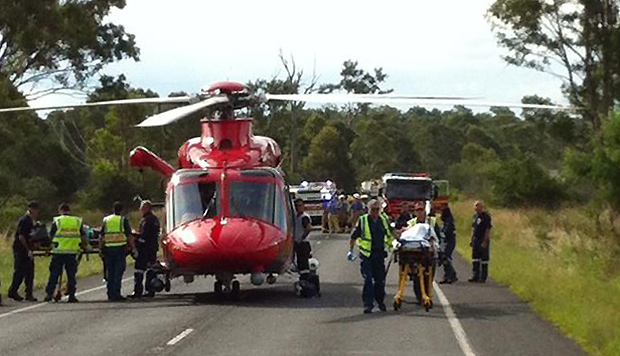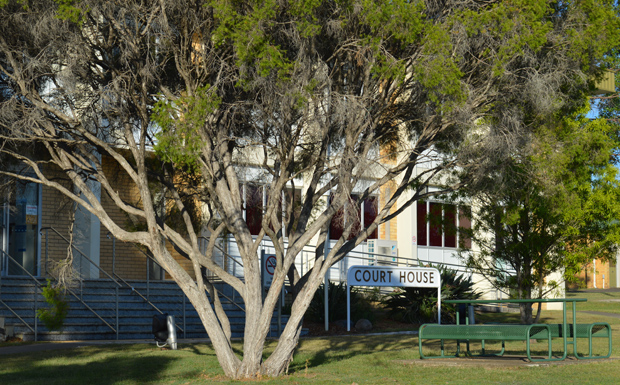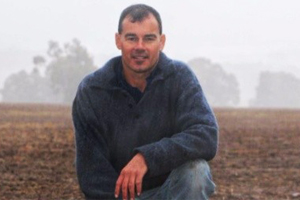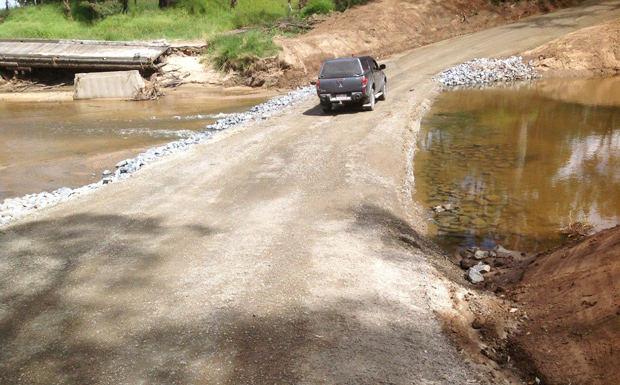
April 2, 2014
The South Burnett Regional Council’s $200-per-property Road Levy will stay in place for another year.
Mayor Wayne Kratzmann told southburnett.com.au today the Road Levy will continue for the 2014-15 Budget, even though he knew it was unpopular.
He said the need to maintain the region’s 6000km road network meant it could not be removed until the State and Federal Governments restored the $1.4 million of road funding they’d taken from the Council in 2012.
“It’s this simple: we can’t maintain our road network without proper funding,” he said.
“But until the government fund our roads properly, we don’t have any other choice.”
The Mayor said ratepayers could replace him and all the other Councillors with a new team at the next election in 2016 if they wanted to, but he was certain anyone who took over would come to the same conclusion.
“The numbers have to balance. Councils are obliged by law to balance their books – and the only two other ways to do it are to close down services like libraries, swimming pools, halls and all the other things that affect our quality of life; or leave our roads in bad shape.
“Those are the choices we’re faced with.”
The Mayor said one of the problems that had emerged since the introduction of the Road Levy last July was that many residents expected their roads would be maintained quickly.
But with only three road maintenance crews to cover the Shire, this hadn’t been possible.
Some residents had to wait many months to have their roads attended to; others are still waiting for Council road maintenance crews.
“We’ve had to tackle the roads with the highest traffic volumes and the worst problems first, and now we’re working our way down the scale,” he said.
“But we’ve learned a lot from doing this, and after our Budget planning is out of the way we’ll be looking at a new way to tackle road maintenance work in future.”
The Mayor said one idea on the table was to classify roads into priority types.
Heavily trafficked arterial roads would be top priority; feeder roads a secondary priority; and minor roads would be a lower priority.
“When I lived in Kingaroy I used to travel over 13 different roads to get to my office,” the Mayor said.
“I started off on a small suburban street and moved along roads that got larger and busier the closer I got to my office in Glendon Street.
“I think most people are like that.
“And if you have to drive over a small section close to home that’s not in top shape but find that most of the other roads on your trip are a lot better, that’s tolerable. It’s not ideal, but it’s tolerable until a maintenance crew shows up.
“So that’s one idea we’ll be looking at.”








